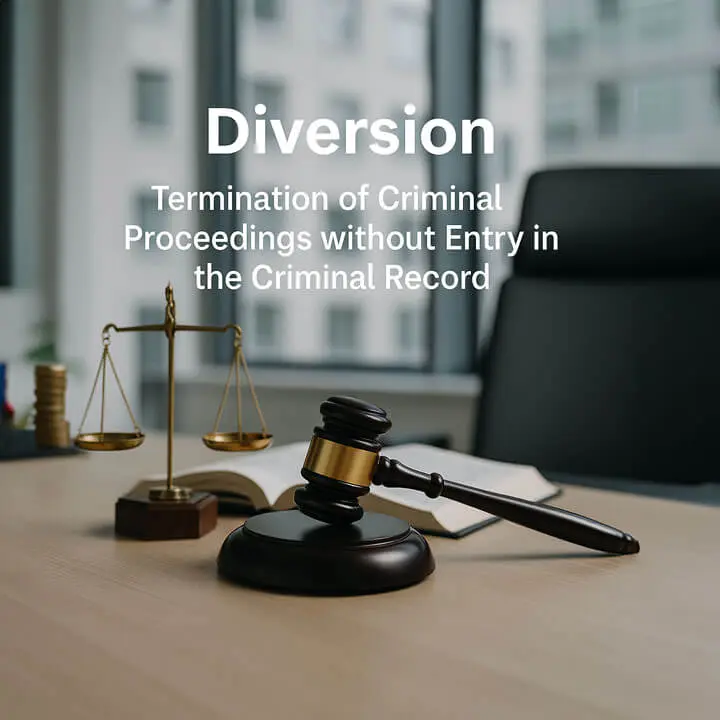As of 1 January 2025, the Code of Criminal Procedure introduces new rules for the seizure of data carriers and data. With this, additional exclusionary rules for evidence have been established. In such cases, the evidence may not be taken into account in the court’s evaluation and must be treated as if it did not exist. A statutory exclusionary rule, however, only prevents the use of the specific piece of evidence concerned.
The following situations trigger the exclusion of data evaluation results as evidence (so-called exclusionary rule):
Examples of the exclusionary rule
in criminal proceedings
- Unlawful seizure: If the seizure of data carriers and data was unlawfully ordered and authorized. While the results of such unlawful seizures may not be used as evidence, they may still serve as grounds for further investigations, and the results of those investigations may be admitted.
- Lack of initial suspicion: If there is no initial suspicion to justify the seizure of data carriers and data. Should a seizure nonetheless take place and an appeal is lodged, all evidence obtained must be destroyed and the seized data carriers returned. Any results already obtained may not serve as grounds for further investigations.
- Changed circumstances: If the prerequisites for the seizure no longer exist (e.g., because digital copies have been made), such copies may still be admitted as evidence. In this case, no exclusionary rule applies.
- Irrelevant copies: If the copies themselves are no longer relevant to the criminal proceedings, an exclusionary rule applies. However, evidence derived from such copies may still be used as admissible evidence.
Conclusion on the exclusionary rule
It is therefore crucial to carefully examine, in each case of seizure of data carriers and data, whether an exclusionary rule applies and whether it extends to derivative evidence.
In the ecolex issue 8/2025, Anna Podolan and Isabella Noidoilt provide a detailed analysis of exclusionary rules and their derivative effect in cases involving the seizure of data carriers and data.









